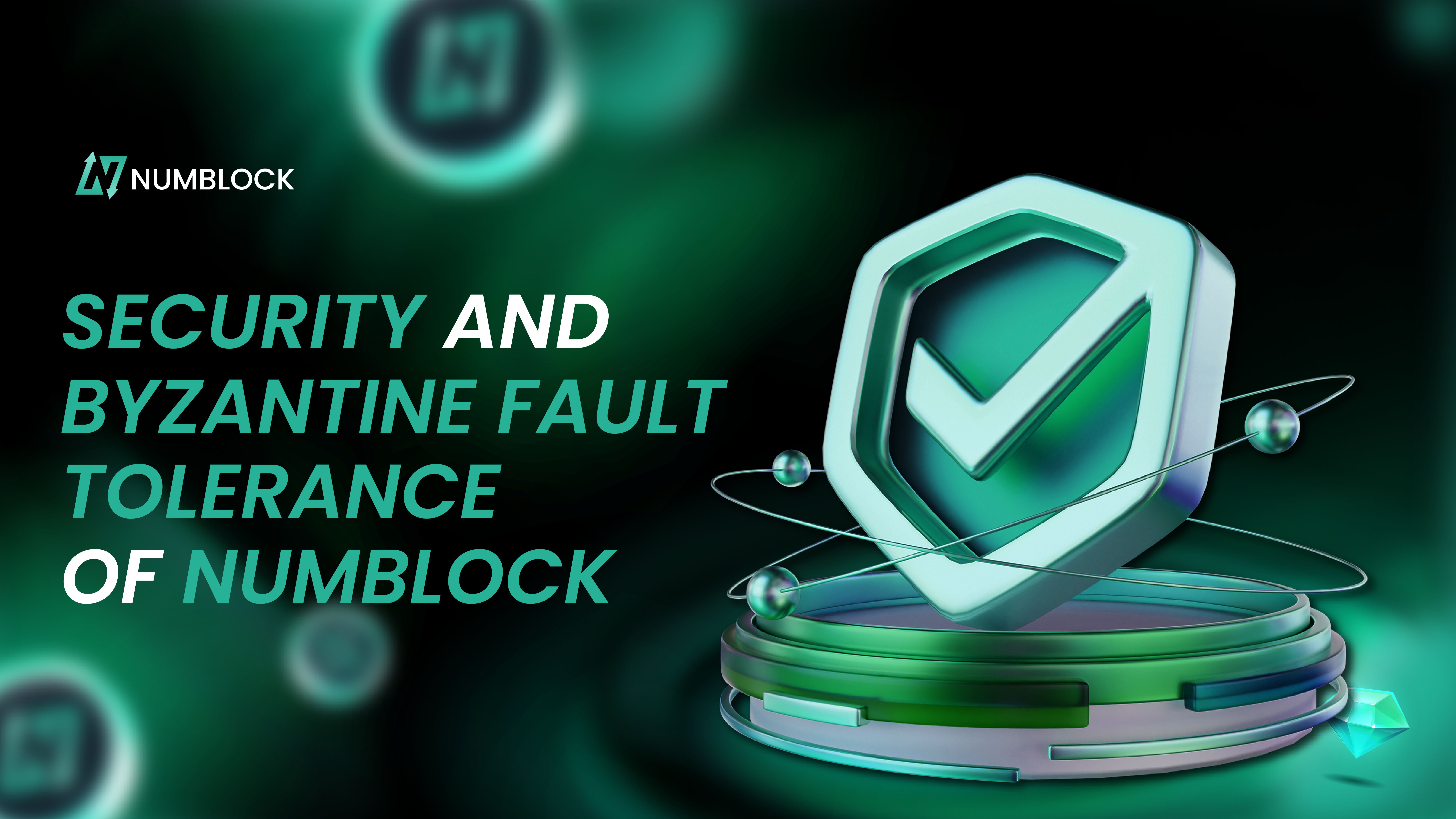Introduction to NumBlock and Its Consensus Mechanism
NumBlock is an advanced blockchain platform that integrates AI and GameFi, designed to support Web3 Social Gaming with high scalability. One of the key elements that enable NumBlock to achieve this is its use of the IBFT 2.0 (Istanbul Byzantine Fault Tolerance 2.0) consensus mechanism.
What is IBFT 2.0?
IBFT 2.0 is a consensus protocol designed to address Byzantine Fault Tolerance (BFT), meaning the system can operate correctly even if some nodes in the network are dishonest or faulty. This mechanism is particularly important for distributed systems like blockchain, where data integrity and security are paramount.
How IBFT 2.0 Works
IBFT 2.0 operates based on a group of nodes (validators) responsible for validating transaction blocks. Here are the basic steps in this process:
- Propose: One of the validators is randomly selected to propose a new block.
- Pre-Prepare: Other validators receive the proposed block and check its validity.
- Prepare: After validation, the validators send prepare messages to all other validators.
- Commit: If at least 2/3 of the validators send prepare messages, the block is committed.
- Finalize: The block is added to the blockchain, and all validators update their state.
This process ensures that consensus is achieved through multiple rounds of communication among validators, providing robustness against Byzantine faults.
Why NumBlock Chose IBFT 2.0
NumBlock chose IBFT 2.0 for several reasons:
- Byzantine Fault Tolerance: Ensures the system continues to function well even if up to 1/3 of the nodes are dishonest.
- Immediate Finality: Once a block is added to the blockchain, it cannot be altered or reversed, which is crucial for financial applications and gaming.
- High Performance: IBFT 2.0 processes transactions quickly, meeting the demands of GameFi and AI applications that require instant responses.
Comparison of IBFT 2.0 with PoW and PoS
- PoW (Proof of Work):
- Principle: Miners solve complex problems to add new blocks to the blockchain.
- Advantages: High security, difficult to attack.
- Disadvantages: Energy-intensive, slow transaction processing.
- Applications: Bitcoin, Ethereum (before transitioning to PoS).
- PoS (Proof of Stake):
- Principle: Validators are selected based on the amount of tokens they hold and stake.
- Advantages: Energy-efficient, faster transaction processing than PoW.
- Disadvantages: Potential for power concentration if a few hold the majority of tokens.
- Applications: Ethereum 2.0, Cardano.
- IBFT 2.0:
- Principle: A group of validators reach consensus on new blocks through propose, pre-prepare, prepare, and commit steps.
- Advantages: Byzantine fault tolerance, immediate finality, high performance.
- Disadvantages: Requires effective management of the validator list to avoid power concentration.
- Applications: NumBlock, Quorum, Hyperledger Besu.
Conclusion
The choice of the IBFT 2.0 consensus mechanism for NumBlock ensures the system’s security and performance, making NumBlock a robust and reliable blockchain platform for GameFi and AI applications. With its Byzantine fault tolerance and immediate finality, NumBlock is well-equipped to meet the demands of developers and users in the rapidly evolving Web3 environment.





